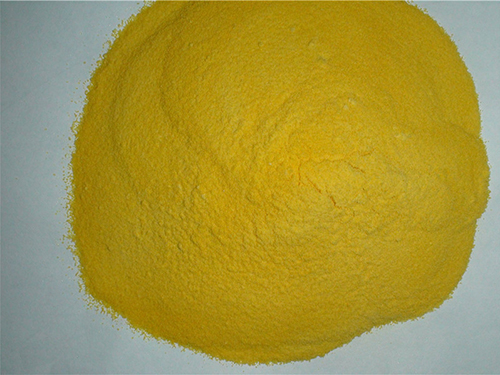coagulation and flocculation
Coagulation and Flocculation Essential Processes in Water Treatment
Coagulation and flocculation are critical processes in the treatment of water, playing a vital role in ensuring safe and clean drinking water and in various industrial applications. These processes involve the aggregation of particles suspended in water, which can include organic materials, silt, and microorganisms. The primary goal is to remove these contaminants efficiently, thereby enhancing the quality of the water.
Coagulation is the first step in the process, wherein chemical coagulants, such as aluminum sulfate or ferric chloride, are added to the water. These chemicals are chosen for their ability to neutralize the electric charge of suspended particles. Normally, particles in water have a negative charge, which keeps them dispersed. When a coagulant is introduced, it neutralizes this charge, allowing particles to come together. This process can occur rapidly, often within a few minutes, depending on the type and concentration of the coagulant used.
Following coagulation, the flocculation phase begins. This stage involves gentle mixing to encourage the small clumps of particles formed during coagulation to collide and bond with one another, resulting in larger aggregates known as flocs. Flocculation typically requires a slower and more prolonged mixing process, which may last from several minutes to hours. The size of the flocs is crucial; larger flocs settle more quickly, making the subsequent sedimentation process more efficient.
coagulation and flocculation

Once the flocs have formed, the water undergoes sedimentation. During this phase, the larger aggregates settle at the bottom of a treatment tank due to gravity, effectively separating them from the clearer water above. This sedimentation process not only removes visible particles but also reduces the number of bacteria and viruses present, significantly improving water clarity and quality.
After sedimentation, the supernatant water is typically subjected to additional treatments, which may include filtration and disinfection processes. Filtration helps to remove any remaining particulate matter, while disinfection—often using chlorine or ultraviolet light—ensures that any pathogens left in the water are eliminated.
The importance of coagulation and flocculation extends beyond municipal water treatment
. These processes are also utilized in various industries, including mining, pulp and paper production, and the food industry, where they help manage wastewater and improve the quality of end products.In conclusion, coagulation and flocculation are indispensable processes that contribute to water purification and overall public health. By effectively removing contaminants, these methods ensure that water is safe for consumption and use, reflecting their critical role in modern water management systems. As water quality challenges persist globally, continued research and development in coagulation and flocculation technologies will be essential for sustainable water treatment solutions.
-
The Power of Isothiazolinones in Modern ApplicationsNewsMay.08,2025
-
Flocculants in Water TreatmentNewsMay.08,2025
-
Flocculants and Chemical Solutions: What You Need to KnowNewsMay.08,2025
-
Flocculants and Chemical Solutions: A Growing IndustryNewsMay.08,2025
-
Essential Chemicals: Polymaleic Anhydride and MoreNewsMay.08,2025
-
Acrylic Polymers: Essential Solutions for IndustryNewsMay.08,2025





